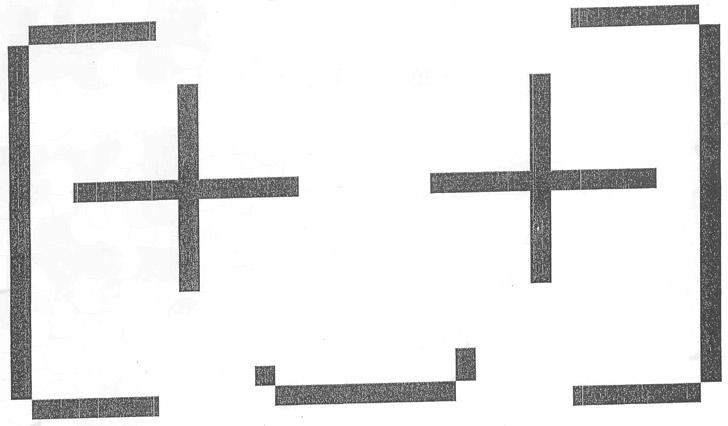Under Ice
Dispersion of Sound Waves in Ice Sheets
“I made this sound recording of a frozen lake in the winter of 2005/06 in the area around Berlin. Frozen lakes are known to give off most noise during major fluctuations in temperature: the ice expands or contracts, and the resulting tension in the ice causes cracks to appear. Due to the changes in temperature, the hours of morning and evening are usually the best times to hear these sounds. In my experience, thin ice is especially interesting for acoustic phenomena; it is more elastic and sounds are propagated better across the surface. Snowfall, on the other hand, has a muffling effect and the sound can only travel to a limited extent. The ice sheet acts as a huge membrane across which the cracking and popping sounds spread. Underwater microphones proved especially well-suited for these recordings: in a small hole drilled close beneath the surface of the water, the sounds emitted by the body of ice carry particularly well. The most striking thing about these recordings is the synthetic-sounding descending tones caused by the phenomenon of the dispersion of sound waves. The high frequencies of the popping and cracking noises are transmitted faster by the ice than the deeper frequencies, which reach the listener with a time lag as glissandi sinking to almost bottomless depths.” silentlistening.wordpress.com
The out-of-this-world sounds made by waddell seals in Antartica from the movie “Encounters at the End of the World” by Werner Herzog.
Posted in de-dans, outfun on February 22nd, 2010 by de-dans | 3 Comments



 gmail
gmail com
com
